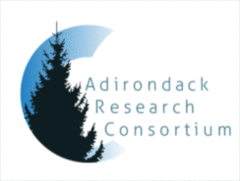Abstract
The concept of Adirondack "heritage lakes" is introduced as a basis for identifying lakes that are as close to pristine as possible in a region where virtually all waters are more or less impacted by anthropogenic disturbances such as acidification, alien invasions, reclamation, stocking, liming, road salting, or eutrophication. Historical, paleolimnological, and trap-netting investigations of Wolf Lake, located in the central Adirondacks, are presented to illustrate ways in which heritage status can be determined and documented. The identification and protection of heritage lakes can yield important benefits for lake management, scientific study, outdoor recreation, and wilderness preservation efforts.
Recommended Citation
Stagger, J. Curt and Sanger, Thom
(2003)
"An Adirondack Heritage Lake,"
Adirondack Journal of Environmental Studies: Vol. 10:
No.
1, Article 4.
Available at:
https://digitalworks.union.edu/ajes/vol10/iss1/4




